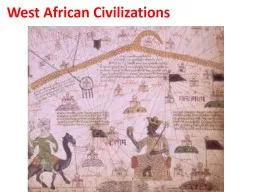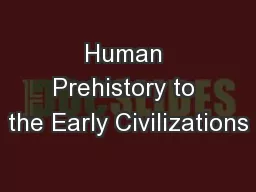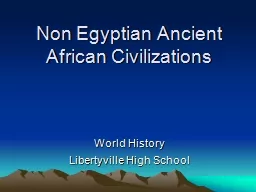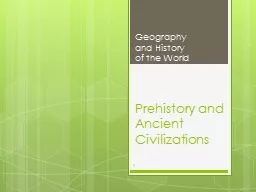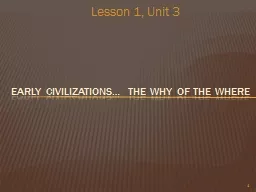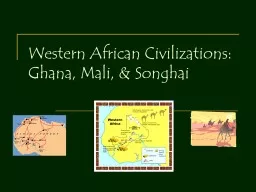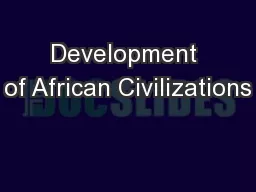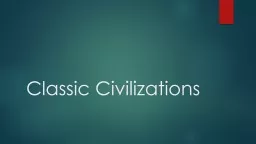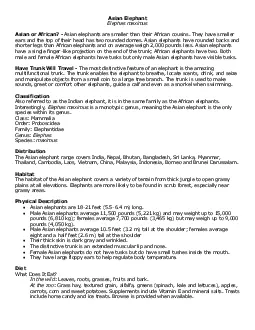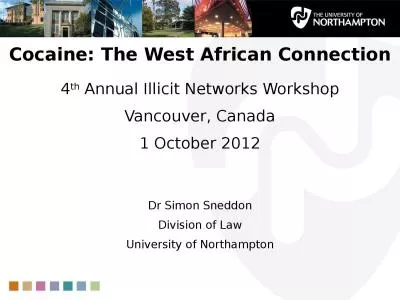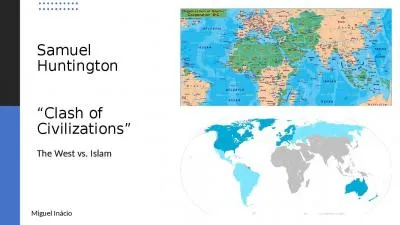PPT-West African Civilizations
Author : olivia-moreira | Published Date : 2019-02-19
West African Civilizations 3 Empires emerge by dominating trade across the Sahara Empire of Ghana Empire of Mali Empire of Songhai Objectives Understand why
Presentation Embed Code
Download Presentation
Download Presentation The PPT/PDF document "West African Civilizations" is the property of its rightful owner. Permission is granted to download and print the materials on this website for personal, non-commercial use only, and to display it on your personal computer provided you do not modify the materials and that you retain all copyright notices contained in the materials. By downloading content from our website, you accept the terms of this agreement.
West African Civilizations: Transcript
Download Rules Of Document
"West African Civilizations"The content belongs to its owner. You may download and print it for personal use, without modification, and keep all copyright notices. By downloading, you agree to these terms.
Related Documents

